Java日期格式化技巧与代码教程
本文深入探讨了Java日期格式化的实用技巧与代码示例,重点讲解如何利用Java API实现字符串与日期对象的灵活转换。文章对比了`SimpleDateFormat`和`DateTimeFormatter`,推荐使用JDK 8引入的`DateTimeFormatter`,因为它具有线程安全和设计清晰的优势。通过丰富的示例代码,详细展示了如何使用`DateTimeFormatter`进行日期格式化和解析,同时还分析了`SimpleDateFormat`的线程安全问题,并提供了使用`ThreadLocal`或切换到`DateTimeFormatter`的规避策略。此外,还介绍了在实际开发中处理时区和日期计算的技巧,以及如何利用`ZoneId`、`ZonedDateTime`等类来应对复杂的时区场景,确保日期时间处理的准确性和可靠性。
Java日期时间格式化核心是选用合适的API实现字符串与日期对象的转换,推荐使用JDK 8的DateTimeFormatter,因其线程安全、设计清晰,优于旧的SimpleDateFormat。
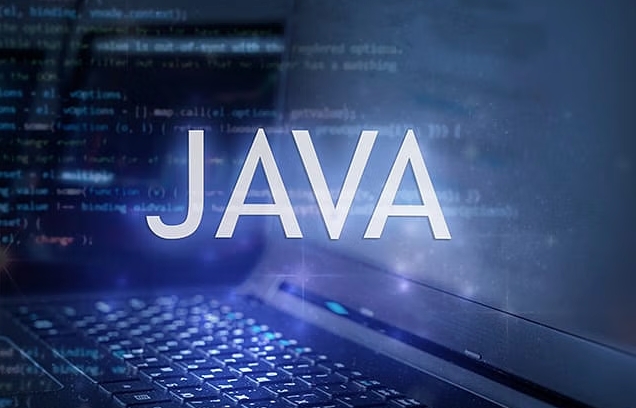
在Java里处理日期时间格式化,核心在于选择恰当的API来定义你想要的显示样式,并确保数据在不同场景下(比如存储、显示、跨时区通信)的准确性。无论是早期的java.util.Date和SimpleDateFormat,还是JDK 8引入的java.time包,都有其特定的使用方式和最佳实践。归根结底,就是将一个日期时间对象转换成符合特定模式的字符串,或者反过来将字符串解析成日期时间对象。
解决方案
要实现日期时间的格式化,Java提供了两种主要的方式,一种是老旧但仍广泛存在的java.text.SimpleDateFormat,另一种是现代且推荐使用的java.time.format.DateTimeFormatter。
使用java.text.SimpleDateFormat (旧API)
这个类允许你使用模式字符串(如"yyyy-MM-dd HH:mm:ss")来格式化或解析日期。
import java.text.SimpleDateFormat;
import java.util.Date;
public class DateFormatOldApi {
public static void main(String[] args) {
Date now = new Date();
// 定义格式模式
SimpleDateFormat formatter = new SimpleDateFormat("yyyy年MM月dd日 HH:mm:ss");
String formattedDate = formatter.format(now);
System.out.println("格式化后的日期 (旧API): " + formattedDate);
// 解析字符串到Date对象
String dateString = "2023年10月26日 14:30:00";
try {
Date parsedDate = formatter.parse(dateString);
System.out.println("解析后的日期 (旧API): " + parsedDate);
} catch (java.text.ParseException e) {
System.err.println("日期解析失败: " + e.getMessage());
}
}
}使用java.time.format.DateTimeFormatter (JDK 8+ 新API)
这是Java 8及以后版本推荐的日期时间处理方式,它更加健壮、线程安全,并且设计更合理。
import java.time.LocalDateTime;
import java.time.format.DateTimeFormatter;
import java.time.format.DateTimeParseException;
public class DateFormatNewApi {
public static void main(String[] args) {
LocalDateTime now = LocalDateTime.now();
// 定义格式模式
DateTimeFormatter formatter = DateTimeFormatter.ofPattern("yyyy-MM-dd HH:mm:ss");
String formattedDateTime = now.format(formatter);
System.out.println("格式化后的日期时间 (新API): " + formattedDateTime);
// 解析字符串到LocalDateTime对象
String dateTimeString = "2023-10-26 14:30:00";
try {
LocalDateTime parsedDateTime = LocalDateTime.parse(dateTimeString, formatter);
System.out.println("解析后的日期时间 (新API): " + parsedDateTime);
} catch (DateTimeParseException e) {
System.err.println("日期时间解析失败: " + e.getMessage());
}
// 使用预定义的格式
String isoFormatted = LocalDateTime.now().format(DateTimeFormatter.ISO_LOCAL_DATE_TIME);
System.out.println("ISO格式: " + isoFormatted);
}
}Java日期格式化中的常见陷阱与规避策略
在日期时间格式化这块,我踩过不少坑,特别是早期使用SimpleDateFormat的时候。最让人头疼的莫过于它的线程安全问题。
1. SimpleDateFormat的线程不安全问题
这真的是个老生常谈的问题了。SimpleDateFormat的format()和parse()方法内部使用了共享的日历字段,这意味着如果你在多线程环境下共享同一个SimpleDateFormat实例,很可能会出现数据混乱,比如格式化出错误的日期,或者解析失败。我记得有一次线上环境就因为这个原因,日志里日期全是错的,排查了半天才发现是公共工具类里的SimpleDateFormat实例没处理好。
规避策略:
不要共享实例: 最简单粗暴的方法就是在每次需要格式化或解析时,都创建一个新的
SimpleDateFormat实例。但这会带来性能开销,因为对象的创建和销毁是需要资源的。使用
ThreadLocal: 这是一个更优雅的解决方案。为每个线程提供一个独立的SimpleDateFormat实例。// 示例:使用ThreadLocal public class DateFormatThreadSafe { private static final ThreadLocal<SimpleDateFormat> formatter = ThreadLocal.withInitial(() -> new SimpleDateFormat("yyyy-MM-dd HH:mm:ss")); public static String format(Date date) { return formatter.get().format(date); } public static Date parse(String dateString) throws java.text.ParseException { return formatter.get().parse(dateString); } }切换到
DateTimeFormatter: 这才是治本的方法。DateTimeFormatter是不可变且线程安全的,天生就解决了这个问题。我个人现在几乎所有新项目都直接用java.time,省心太多。
2. 时区和本地化(Locale)问题
日期时间格式化不仅仅是数字和符号的排列,它还涉及到时区和不同地域的习惯。比如,同一个时间点,在北京显示是上午,在纽约可能就是前一天晚上了。或者,有些国家习惯用“月/日/年”,有些则是“日/月/年”。
规避策略:
明确指定
Locale:SimpleDateFormat和DateTimeFormatter都支持指定Locale。如果不指定,会使用系统默认的Locale,这在跨国应用中非常危险。// SimpleDateFormat SimpleDateFormat usFormatter = new SimpleDateFormat("MM/dd/yyyy", java.util.Locale.US); SimpleDateFormat cnFormatter = new SimpleDateFormat("yyyy年MM月dd日", java.util.Locale.CHINA); // DateTimeFormatter DateTimeFormatter usDtFormatter = DateTimeFormatter.ofPattern("MM/dd/yyyy").withLocale(java.util.Locale.US); DateTimeFormatter cnDtFormatter = DateTimeFormatter.ofPattern("yyyy年MM月dd日").withLocale(java.util.Locale.CHINA);处理时区: 对于需要精确到时区的时间,一定要使用带时区概念的类,比如
ZonedDateTime或OffsetDateTime。后续会详细聊这个。
3. 解析的严格性
SimpleDateFormat默认是“宽松”解析的,这意味着它可能会接受一些不完全符合模式的字符串,并尝试去解析。比如你定义了"yyyy-MM-dd",但传入"2023-13-32",它可能不会直接报错,而是“纠正”成下一个月的日期。这在数据校验上是个隐患。
规避策略:
设置
setLenient(false): 对SimpleDateFormat实例调用setLenient(false)可以使其进行严格解析。SimpleDateFormat strictFormatter = new SimpleDateFormat("yyyy-MM-dd"); strictFormatter.setLenient(false); // 设置为严格模式 try { strictFormatter.parse("2023-13-32"); // 会抛出ParseException } catch (java.text.ParseException e) { System.err.println("严格解析错误: " + e.getMessage()); }DateTimeFormatter的默认行为:DateTimeFormatter在解析时默认是比较严格的,如果你传入的字符串不符合模式,它会抛出DateTimeParseException,这更符合预期。
JDK 8+日期时间API:现代Java日期处理的最佳实践
说实话,如果你的项目还在用java.util.Date和Calendar,我真的强烈建议你考虑升级到JDK 8的java.time包。这套API的设计理念简直是革命性的,它解决了老API的几乎所有痛点,用起来也更符合直觉。
核心优势:
- 不可变性:
java.time包下的所有日期时间对象都是不可变的。这意味着一旦创建,它们的值就不能被改变。每次对日期时间进行操作(如加减天数),都会返回一个新的对象。这彻底消除了多线程环境下的并发问题,让代码更安全、更容易推理。 - 链式调用(Fluent API): 提供了非常优雅的链式操作,让代码可读性极高。比如
LocalDateTime.now().plusDays(1).minusHours(2)。 - 清晰的职责分离:
LocalDate:只包含日期(年、月、日),没有时间,没有时区。LocalTime:只包含时间(时、分、秒、纳秒),没有日期,没有时区。LocalDateTime:包含日期和时间,但没有时区信息。这是我们最常用的本地日期时间表示。Instant:时间线上的一个瞬时点,精确到纳秒,通常用于机器时间戳,与UTC时间紧密相关。ZonedDateTime:带时区的日期时间,包含了LocalDateTime和ZoneId(时区ID)。OffsetDateTime:带偏移量的日期时间,包含了LocalDateTime和ZoneOffset(与UTC的固定偏移量)。Duration:表示两个Instant或LocalTime之间的持续时间。Period:表示两个LocalDate之间的年、月、日持续时间。
- 内置的解析和格式化:
DateTimeFormatter与java.time类完美集成,提供了丰富的预定义格式和自定义模式能力。
实用示例:
import java.time.LocalDate;
import java.time.LocalDateTime;
import java.time.LocalTime;
import java.time.Month;
import java.time.format.DateTimeFormatter;
public class NewApiExamples {
public static void main(String[] args) {
// 创建日期、时间、日期时间对象
LocalDate today = LocalDate.now(); // 2023-10-26 (假设今天)
LocalDate specificDate = LocalDate.of(2024, Month.JANUARY, 1); // 2024-01-01
LocalTime nowTime = LocalTime.now(); // 14:30:00.123 (假设现在)
LocalTime specificTime = LocalTime.of(9, 30, 0); // 09:30:00
LocalDateTime currentDateTime = LocalDateTime.now();
LocalDateTime specificDateTime = LocalDateTime.of(2023, 11, 1, 10, 0, 0); // 2023-11-01T10:00:00
System.out.println("今天: " + today);
System.out.println("特定日期: " + specificDate);
System.out.println("现在时间: " + nowTime);
System.out.println("特定时间: " + specificTime);
System.out.println("当前日期时间: " + currentDateTime);
System.out.println("特定日期时间: " + specificDateTime);
// 日期时间操作 (不可变性体现)
LocalDate nextWeek = today.plusWeeks(1);
System.out.println("下周的今天: " + nextWeek);
LocalDateTime twoHoursLater = currentDateTime.plusHours(2);
System.out.println("两小时后: " + twoHoursLater);
// 格式化
DateTimeFormatter customFormatter = DateTimeFormatter.ofPattern("yyyy/MM/dd HH:mm:ss E"); // E代表星期几
String formatted = currentDateTime.format(customFormatter);
System.out.println("自定义格式化: " + formatted);
// 解析
String dateToParse = "2025-05-20 10:00:00";
LocalDateTime parsed = LocalDateTime.parse(dateToParse, DateTimeFormatter.ofPattern("yyyy-MM-dd HH:mm:ss"));
System.out.println("解析字符串: " + parsed);
}
}Java日期计算与时区处理:复杂场景下的实用技巧
在实际开发中,仅仅格式化日期是远远不够的。很多时候我们需要进行日期计算(比如计算两个日期之间的天数,或者某个日期几天后是什么时候),以及处理跨时区的日期时间。这些场景,java.time同样提供了非常强大的支持。
1. 日期计算:plus()、minus()、until()
java.time包下的所有日期时间类都提供了直观的plus和minus方法来增减时间单位,以及until方法来计算两个日期时间之间的差值。
import java.time.LocalDate;
import java.time.LocalDateTime;
import java.time.Period;
import java.time.Duration;
import java.time.temporal.ChronoUnit;
public class DateCalculation {
public static void main(String[] args) {
LocalDate date1 = LocalDate.of(2023, 1, 15);
LocalDate date2 = LocalDate.of(2023, 3, 10);
// 计算两个日期之间的天数
long daysBetween = ChronoUnit.DAYS.between(date1, date2);
System.out.println(date1 + " 和 " + date2 + " 之间相差 " + daysBetween + " 天"); // 54天
// 计算两个日期之间的年、月、日
Period period = Period.between(date1, date2);
System.out.println("相差: " + period.getYears() + " 年 " + period.getMonths() + " 月 " + period.getDays() + " 天"); // 0 年 1 月 23 天
LocalDateTime dateTime1 = LocalDateTime.of(2023, 10, 26, 10, 0, 0);
LocalDateTime dateTime2 = LocalDateTime.of(2023, 10, 26, 12, 30, 0);
// 计算两个时间点之间的持续时间
Duration duration = Duration.between(dateTime1, dateTime2);
System.out.println(dateTime1 + " 和 " + dateTime2 + " 之间相差 " + duration.toMinutes() + " 分钟"); // 150分钟
System.out.println("持续时间 (小时): " + duration.toHours()); // 2小时
// 某个日期加上或减去时间
LocalDate futureDate = LocalDate.now().plusMonths(3).plusDays(5);
System.out.println("三个月零五天后: " + futureDate);
LocalDateTime pastTime = LocalDateTime.now().minusHours(1).minusMinutes(30);
System.out.println("一个半小时前: " + pastTime);
}
}2. 时区处理:ZoneId、ZonedDateTime、OffsetDateTime
时区真的是个复杂又容易出错的地方。想象一下,一个用户在北京提交了一个订单,服务器在美国,数据库在欧洲,你得确保时间在任何环节都准确无误。
ZoneId: 代表一个时区ID,比如"Asia/Shanghai"、"America/New_York"。Instant: 表示时间线上的一个瞬时点,不带任何时区信息。它通常被认为是UTC时间,是跨时区数据传输和存储的理想选择。ZonedDateTime: 带有ZoneId的日期时间。它明确知道自己属于哪个时区。OffsetDateTime: 带有与UTC固定偏移量的日期时间,比如"+08:00"。
实用示例:
import java.time.Instant;
import java.time.LocalDateTime;
import java.time.ZoneId;
import java.time.ZonedDateTime;
import java.time.format.DateTimeFormatter;
public class TimeZoneHandling {
public static void main(String[] args) {
// 获取系统默认时区
ZoneId defaultZone = ZoneId.systemDefault();
System.out.println("系统默认时区: " + defaultZone); // 例如: Asia/Shanghai
// 获取特定时区
ZoneId shanghaiZone = ZoneId.of("Asia/Shanghai");
ZoneId newYorkZone = ZoneId.of("America/New_York");
// 1. 从LocalDateTime到ZonedDateTime
LocalDateTime localDateTime = LocalDateTime.of(2023, 10, 26, 10, 0, 0); // 本地时间 2023-10-26 10:00:00
ZonedDateTime shanghaiTime = localDateTime.atZone(shanghaiZone);
System.out.println("上海时间: " + shanghaiTime); // 2023-10-26T10:00+08:00[Asia/Shanghai]
// 2. 将一个ZonedDateTime转换到另一个时区
ZonedDateTime newYorkTime = shanghaiTime.withZoneSameInstant(newYorkZone);
System.out.println("纽约时间 (与上海时间同一瞬时): " + newYorkTime); // 2023-10-25T22:00-04:00[America/New_York] (夏令时)
// 3. Instant的使用:存储和传输的理想选择
// 假设从数据库或网络获取了一个UTC时间戳
Instant nowInstant = Instant.now();
System.out.println("当前瞬时 (UTC): " + nowInstant); // 例如: 2023-10-26T06:00:00Z (Z代表Zulu time, 即UTC)
// 将Instant转换为特定时区的ZonedDateTime进行显示
ZonedDateTime zdtInShanghai = nowInstant.atZone(shanghaiZone);
System.out.println("UTC瞬时在上海时区: " + zdtInShanghai.format(DateTimeFormatter.ofPattern("yyyy-MM-dd HH:mm:ss")));
ZonedDateTime zdtInNewYork = nowInstant.atZone(newYorkZone);
System.out.println("UTC瞬时在纽约时区: " + zdtInNewYork.format(DateTimeFormatter.ofPattern("yyyy-MM-dd HH:mm:ss")));
// 4. OffsetDateTime:固定偏移量,不关心具体时区规则(如夏令时)
// 假设我们知道一个时间是UTC+8
java.time.OffsetDateTime offsetDt = java.time.OffsetDateTime.of(2023, 10, 26, 10, 0, 0, 0, java.time.ZoneOffset.ofHours(8));
System.out.println("固定偏移量时间: " + offsetDt); // 2023-10-26T10:00+08:00
// 5. 将ZonedDateTime转换为Instant(丢失时区信息,只保留瞬时点)
Instant instantFromZdt = shanghaiTime.toInstant();
System.out.println("从上海时间转换的瞬时: " + instantFromZdt);
}
}处理时区时,最关键的是要理解Instant代表的是一个全球统一的“时间点”,而ZonedDateTime和OffsetDateTime是在这个时间点上附加了时区或偏移量信息,从而决定了它在特定区域的“本地时间”表示。在存储和跨系统通信时,优先考虑使用Instant或带有时区偏移量(如ISO 8601格式的字符串)来避免混乱。显示给用户时,再根据用户的时区偏好进行转换。
理论要掌握,实操不能落!以上关于《Java日期格式化技巧与代码教程》的详细介绍,大家都掌握了吧!如果想要继续提升自己的能力,那么就来关注golang学习网公众号吧!
 GolangCI/CD流水线搭建实战教程
GolangCI/CD流水线搭建实战教程
- 上一篇
- GolangCI/CD流水线搭建实战教程

- 下一篇
- 淘宝签到红包怎么兑换?
-
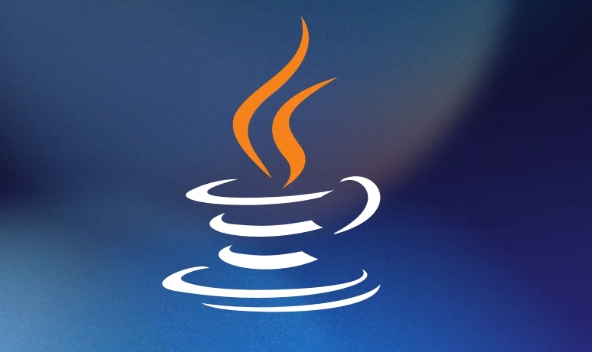
- 文章 · java教程 | 7小时前 | interrupt() 优雅关闭 中断状态 Java线程中断 协作式中断
- Java线程安全中断与状态管理方法
- 161浏览 收藏
-
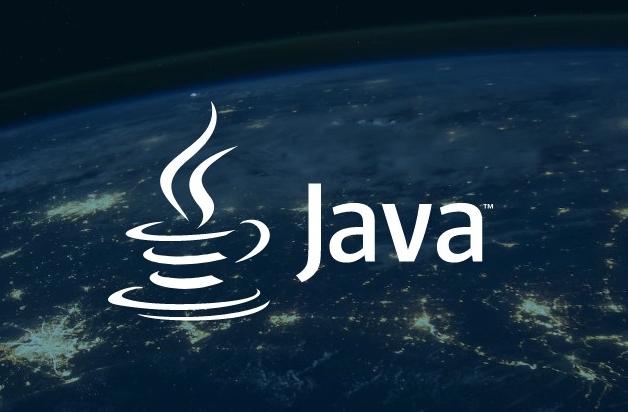
- 文章 · java教程 | 7小时前 |
- Java8方法引用教程与实例解析
- 258浏览 收藏
-
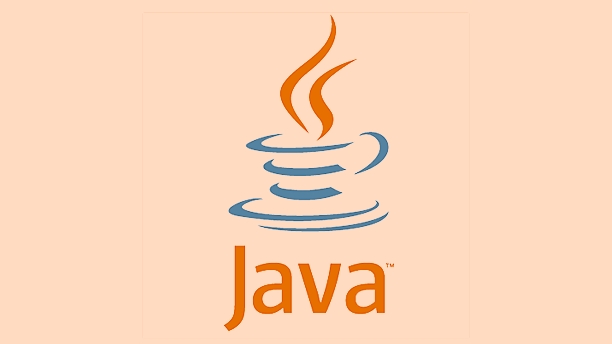
- 文章 · java教程 | 7小时前 |
- Java接口与实现分离方法解析
- 490浏览 收藏
-
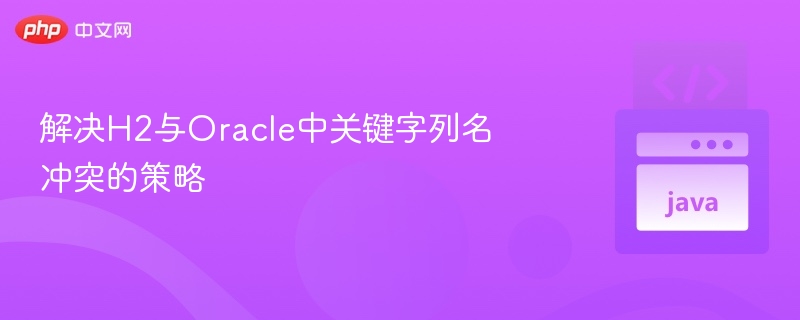
- 文章 · java教程 | 7小时前 |
- H2与Oracle冲突解决全攻略
- 427浏览 收藏
-
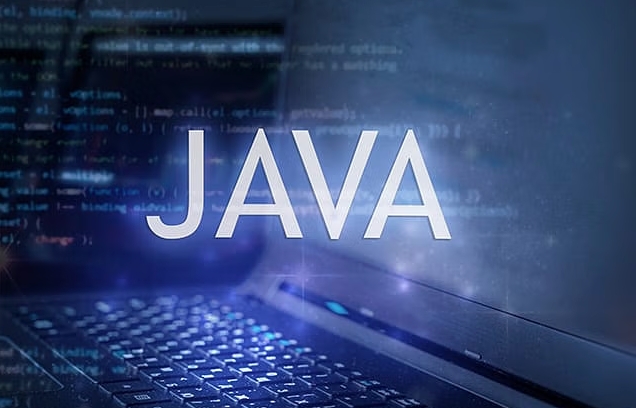
- 文章 · java教程 | 7小时前 |
- Java转Map方法实用教程
- 394浏览 收藏
-
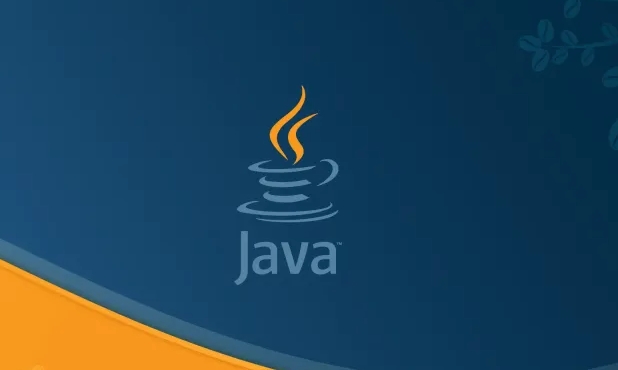
- 文章 · java教程 | 7小时前 |
- Java处理UnsupportedOperationException异常技巧
- 249浏览 收藏
-

- 文章 · java教程 | 8小时前 |
- Linux部署K8s和Java容器教程
- 269浏览 收藏
-
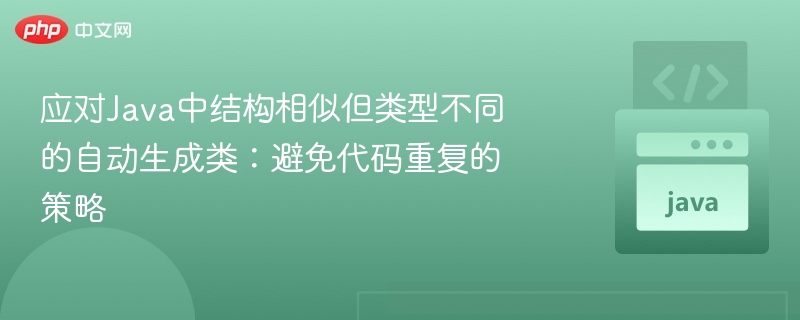
- 文章 · java教程 | 8小时前 |
- Java避免类重复的实用技巧
- 404浏览 收藏
-
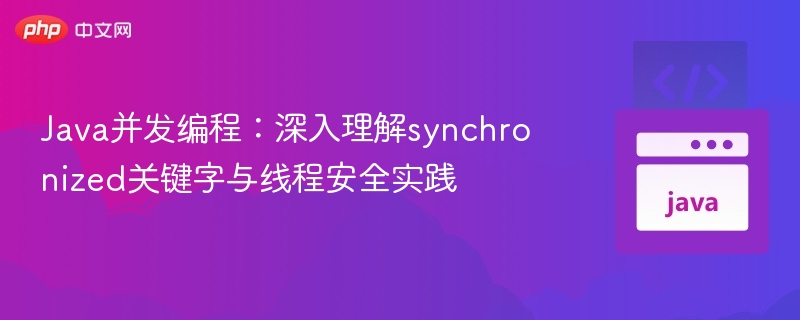
- 文章 · java教程 | 8小时前 |
- Java并发synchronized线程安全详解
- 464浏览 收藏
-
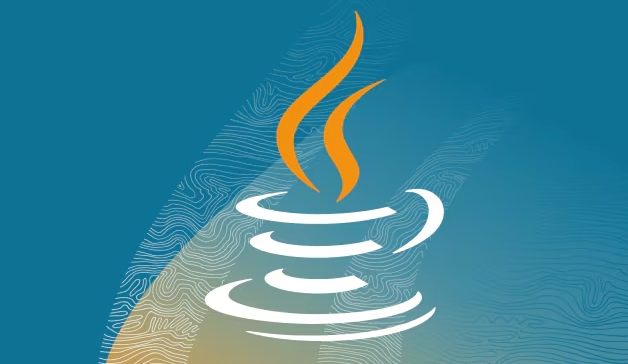
- 文章 · java教程 | 8小时前 |
- List与Set区别详解及选择方法
- 492浏览 收藏
-
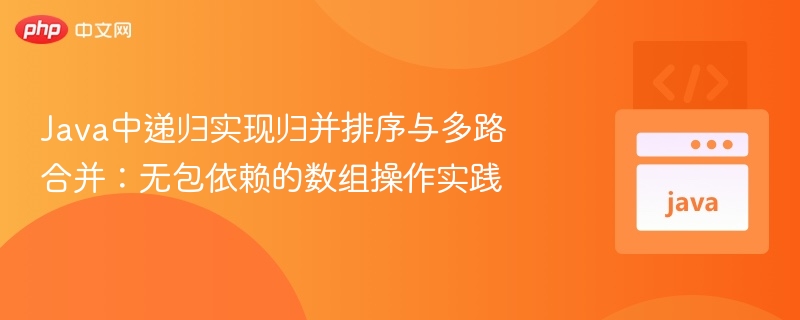
- 文章 · java教程 | 8小时前 |
- 递归归并排序与多路合并实践解析
- 244浏览 收藏
-
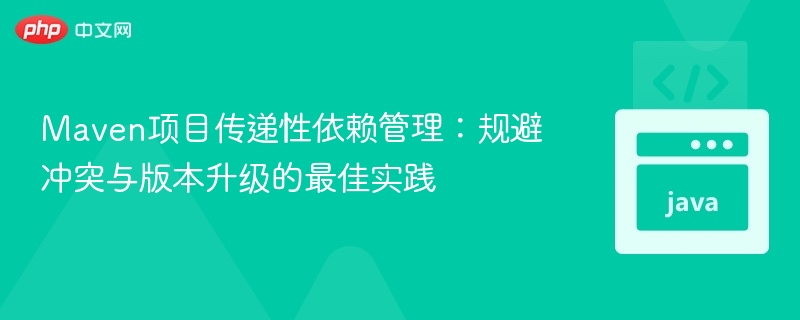
- 文章 · java教程 | 8小时前 |
- Maven依赖冲突解决与版本升级技巧
- 180浏览 收藏
-

- 前端进阶之JavaScript设计模式
- 设计模式是开发人员在软件开发过程中面临一般问题时的解决方案,代表了最佳的实践。本课程的主打内容包括JS常见设计模式以及具体应用场景,打造一站式知识长龙服务,适合有JS基础的同学学习。
- 543次学习
-

- GO语言核心编程课程
- 本课程采用真实案例,全面具体可落地,从理论到实践,一步一步将GO核心编程技术、编程思想、底层实现融会贯通,使学习者贴近时代脉搏,做IT互联网时代的弄潮儿。
- 516次学习
-

- 简单聊聊mysql8与网络通信
- 如有问题加微信:Le-studyg;在课程中,我们将首先介绍MySQL8的新特性,包括性能优化、安全增强、新数据类型等,帮助学生快速熟悉MySQL8的最新功能。接着,我们将深入解析MySQL的网络通信机制,包括协议、连接管理、数据传输等,让
- 500次学习
-

- JavaScript正则表达式基础与实战
- 在任何一门编程语言中,正则表达式,都是一项重要的知识,它提供了高效的字符串匹配与捕获机制,可以极大的简化程序设计。
- 487次学习
-

- 从零制作响应式网站—Grid布局
- 本系列教程将展示从零制作一个假想的网络科技公司官网,分为导航,轮播,关于我们,成功案例,服务流程,团队介绍,数据部分,公司动态,底部信息等内容区块。网站整体采用CSSGrid布局,支持响应式,有流畅过渡和展现动画。
- 485次学习
-
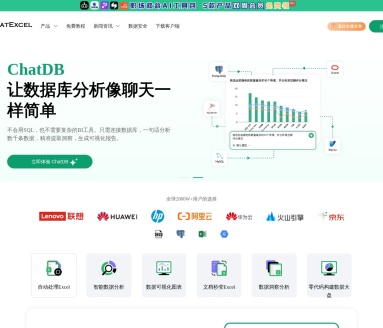
- ChatExcel酷表
- ChatExcel酷表是由北京大学团队打造的Excel聊天机器人,用自然语言操控表格,简化数据处理,告别繁琐操作,提升工作效率!适用于学生、上班族及政府人员。
- 3206次使用
-

- Any绘本
- 探索Any绘本(anypicturebook.com/zh),一款开源免费的AI绘本创作工具,基于Google Gemini与Flux AI模型,让您轻松创作个性化绘本。适用于家庭、教育、创作等多种场景,零门槛,高自由度,技术透明,本地可控。
- 3419次使用
-

- 可赞AI
- 可赞AI,AI驱动的办公可视化智能工具,助您轻松实现文本与可视化元素高效转化。无论是智能文档生成、多格式文本解析,还是一键生成专业图表、脑图、知识卡片,可赞AI都能让信息处理更清晰高效。覆盖数据汇报、会议纪要、内容营销等全场景,大幅提升办公效率,降低专业门槛,是您提升工作效率的得力助手。
- 3448次使用
-
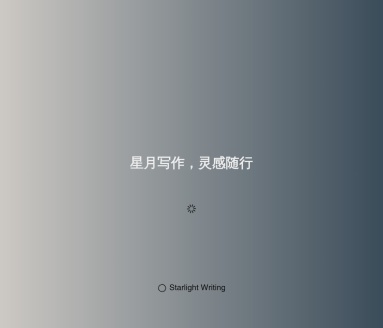
- 星月写作
- 星月写作是国内首款聚焦中文网络小说创作的AI辅助工具,解决网文作者从构思到变现的全流程痛点。AI扫榜、专属模板、全链路适配,助力新人快速上手,资深作者效率倍增。
- 4557次使用
-

- MagicLight
- MagicLight.ai是全球首款叙事驱动型AI动画视频创作平台,专注于解决从故事想法到完整动画的全流程痛点。它通过自研AI模型,保障角色、风格、场景高度一致性,让零动画经验者也能高效产出专业级叙事内容。广泛适用于独立创作者、动画工作室、教育机构及企业营销,助您轻松实现创意落地与商业化。
- 3826次使用
-
- 提升Java功能开发效率的有力工具:微服务架构
- 2023-10-06 501浏览
-
- 掌握Java海康SDK二次开发的必备技巧
- 2023-10-01 501浏览
-
- 如何使用java实现桶排序算法
- 2023-10-03 501浏览
-
- Java开发实战经验:如何优化开发逻辑
- 2023-10-31 501浏览
-
- 如何使用Java中的Math.max()方法比较两个数的大小?
- 2023-11-18 501浏览



